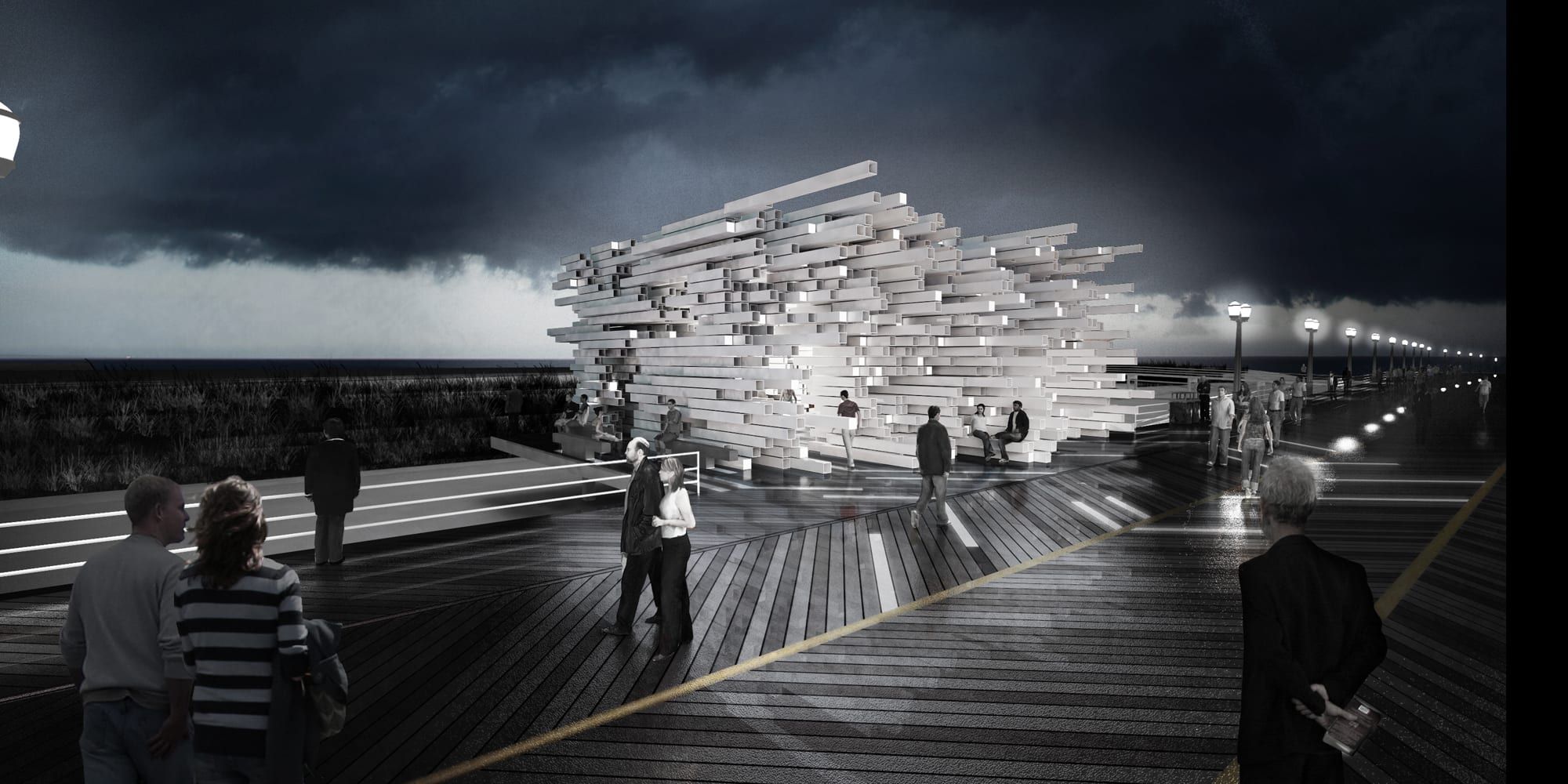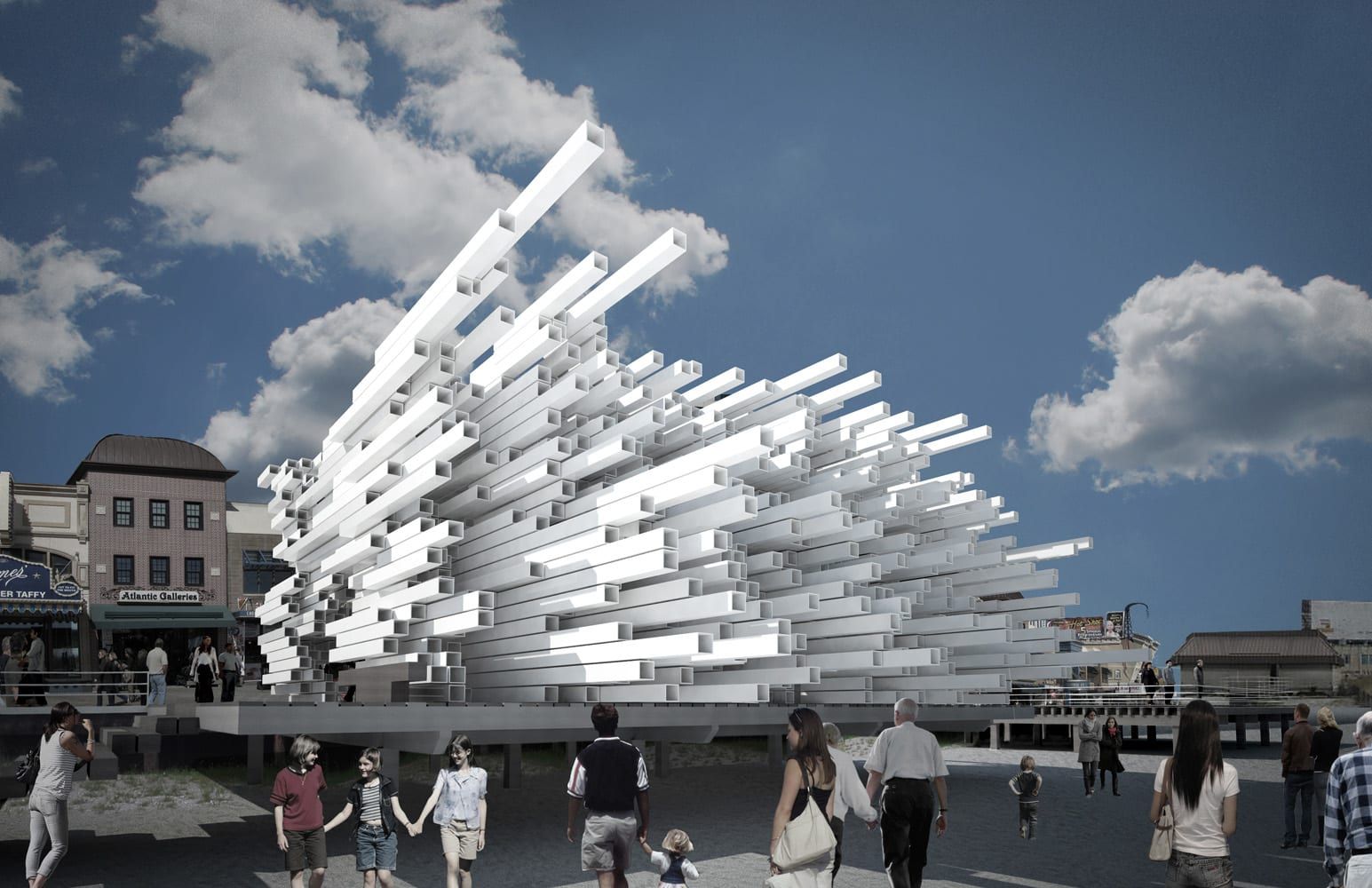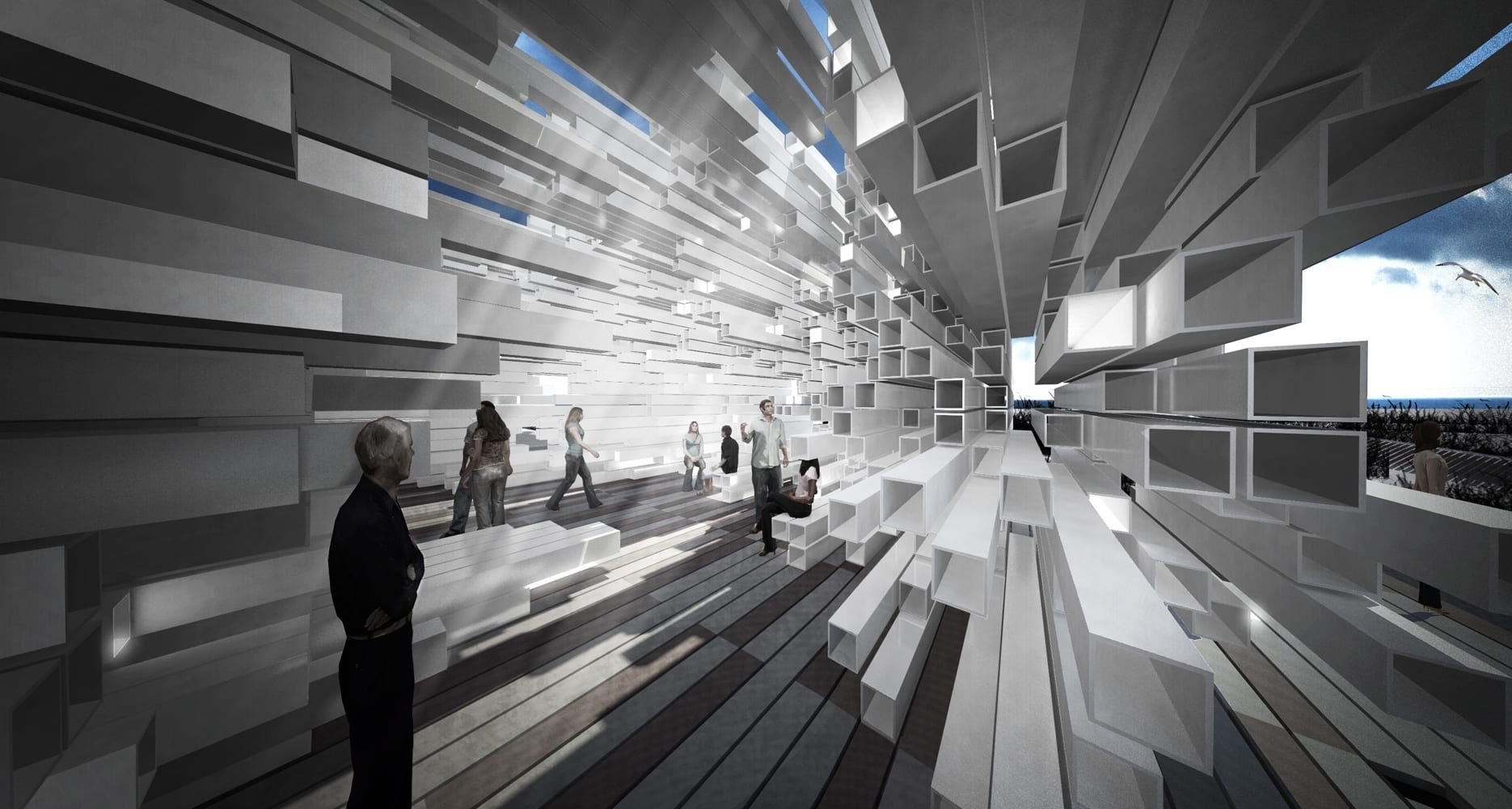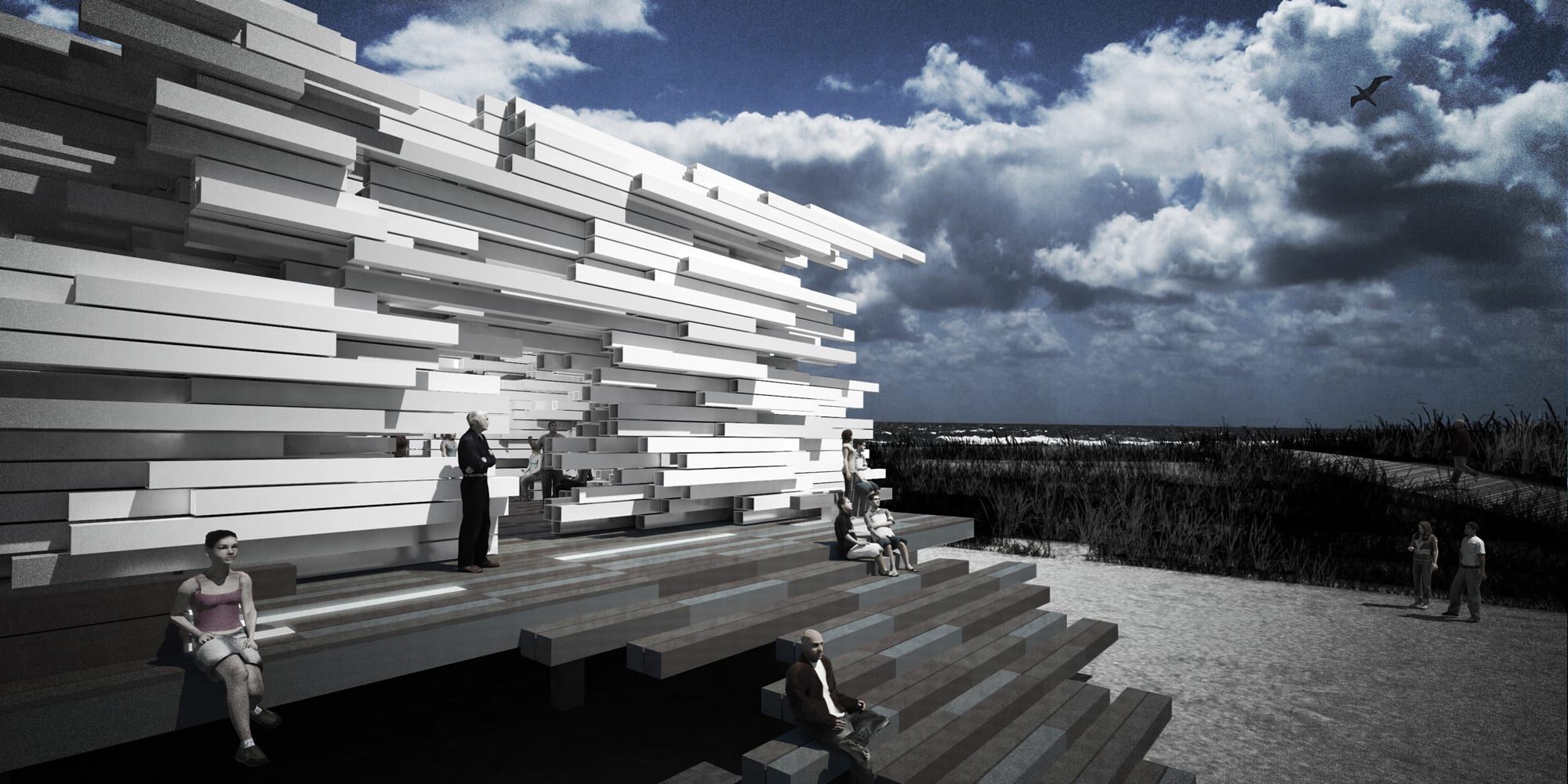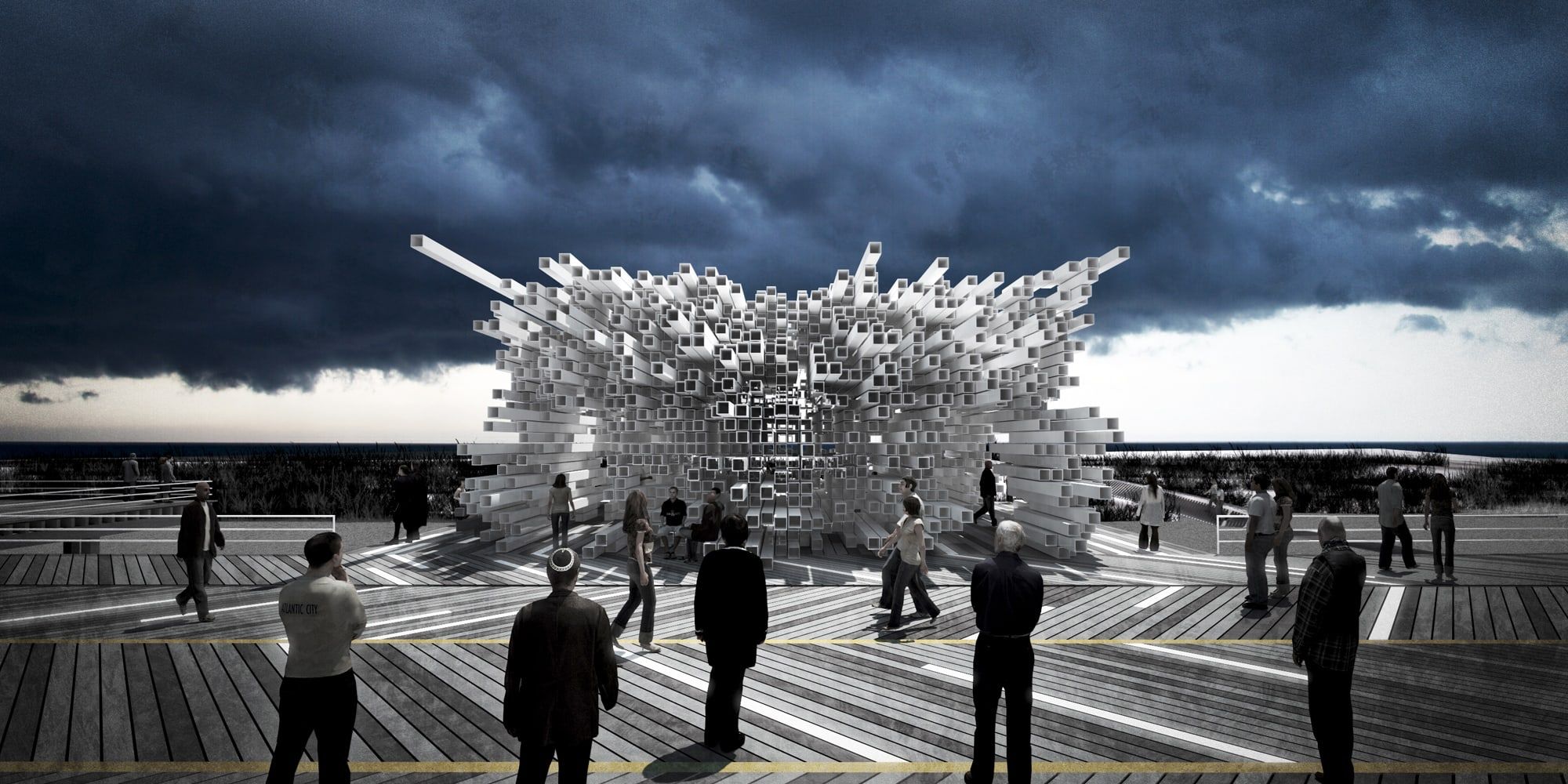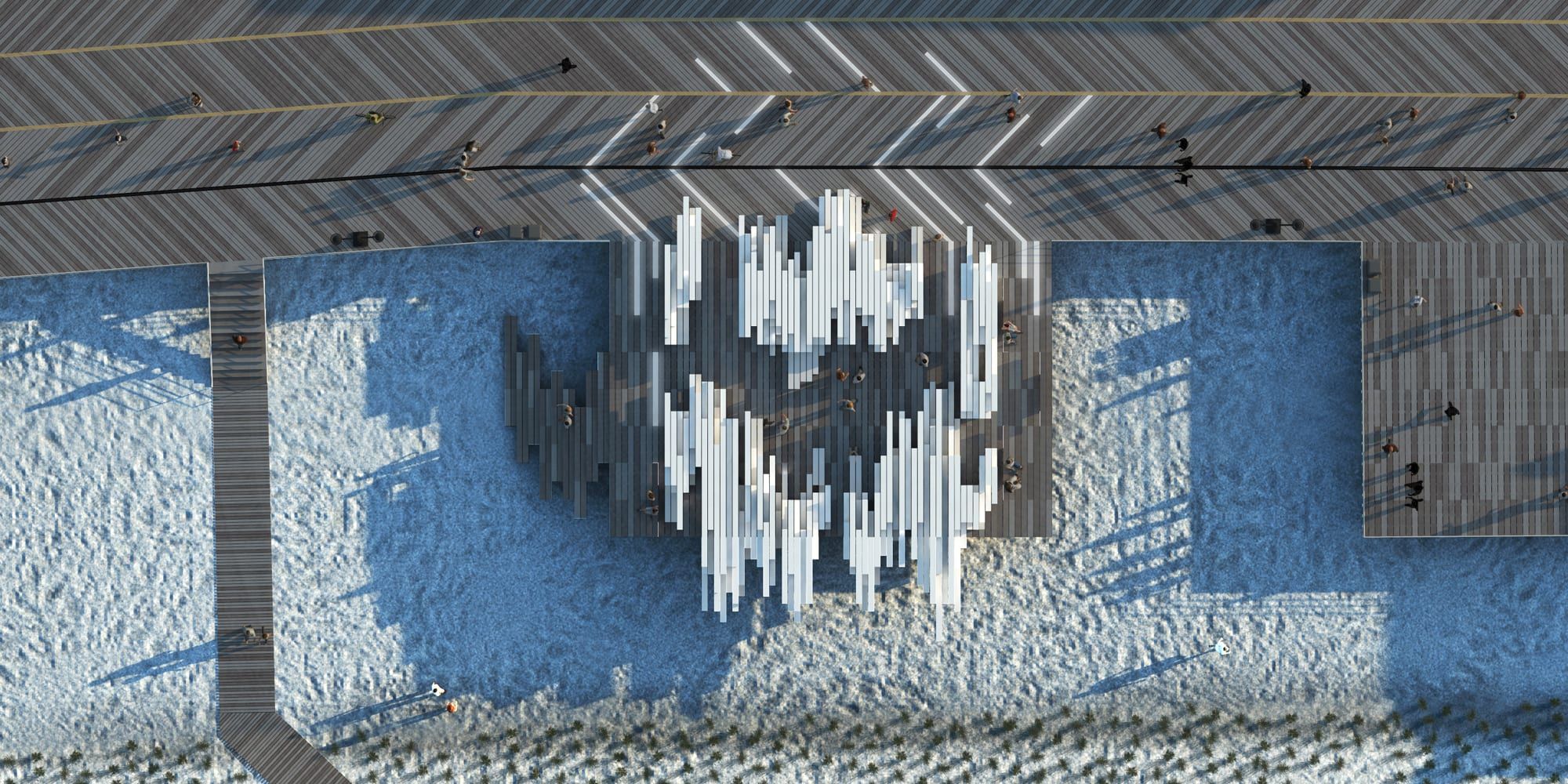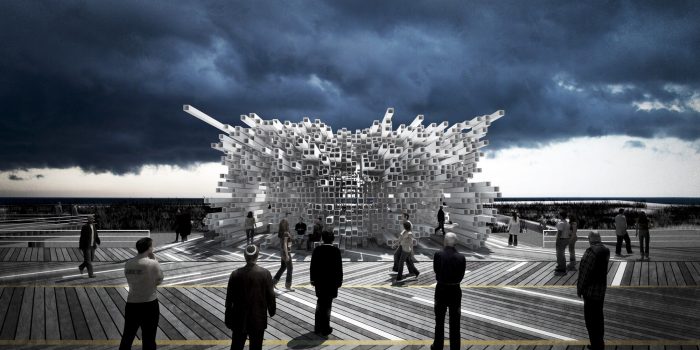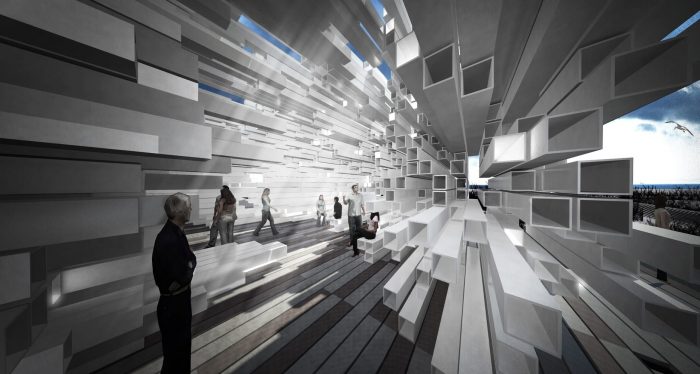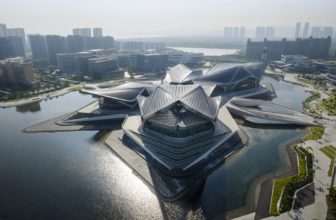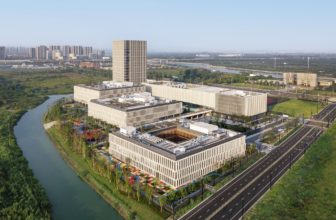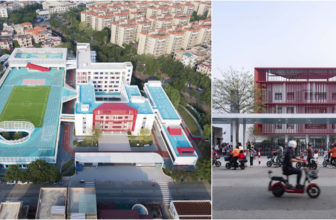The Holocaust, a violation of our collective humanity, has affected the way in which we understand the world in which we live; it pre-conditions our decisions and our value judgements. These are the enduring consequences of human tragedy; they transcend generations and become part of who we are. The memorial is about all of us, past, present and future.
The memorial design begins with an abstract object, solid, pure and whole, one that is composed of a number of uniform rectangular tubes. The specific number of elements is not important; however, the scale communicated by a large, almost uncountable number is intended. These like-elements are then radically displaced or shifted away from the centre of the object leaving a network of contiguous complex voids behind. Elements are then purposefully erased to affect dissolution of the whole and signify that for humanity, our loss is permanent.
The physical erosion of the object that begins on the inside reveals itself in a distorted and fractured object defined as much by the perceived absence or negative space as the resulting form. The hopeful effect of this physical act is one that is now measured in space and light. The remaining complex network of tubes, voids and fissures carry day light into the object to illuminate the interior space. The perpetually changing light within this space betrays a salient fact, the Holocaust, and all moments of crisis for humanity, can not be separated from our history or our future.
Architects: Zerafa Architecture Studio
Project:Atlantic City Boardwalk Holocaust Memorial
Location: Atlantic City, New Jersey
Design Team: Jason Zerafa, Joaquin Boldrini
Associate Architect: Gregory T Waugh AIA
Client: The Atlantic City Boardwalk Holocaust Memorial corporation (ACBHM, Inc.)
Facility: Memorial
Size: 2400 sf.
Status: International Competition Proposal- Stage 1, June 2010 (completion Date).
